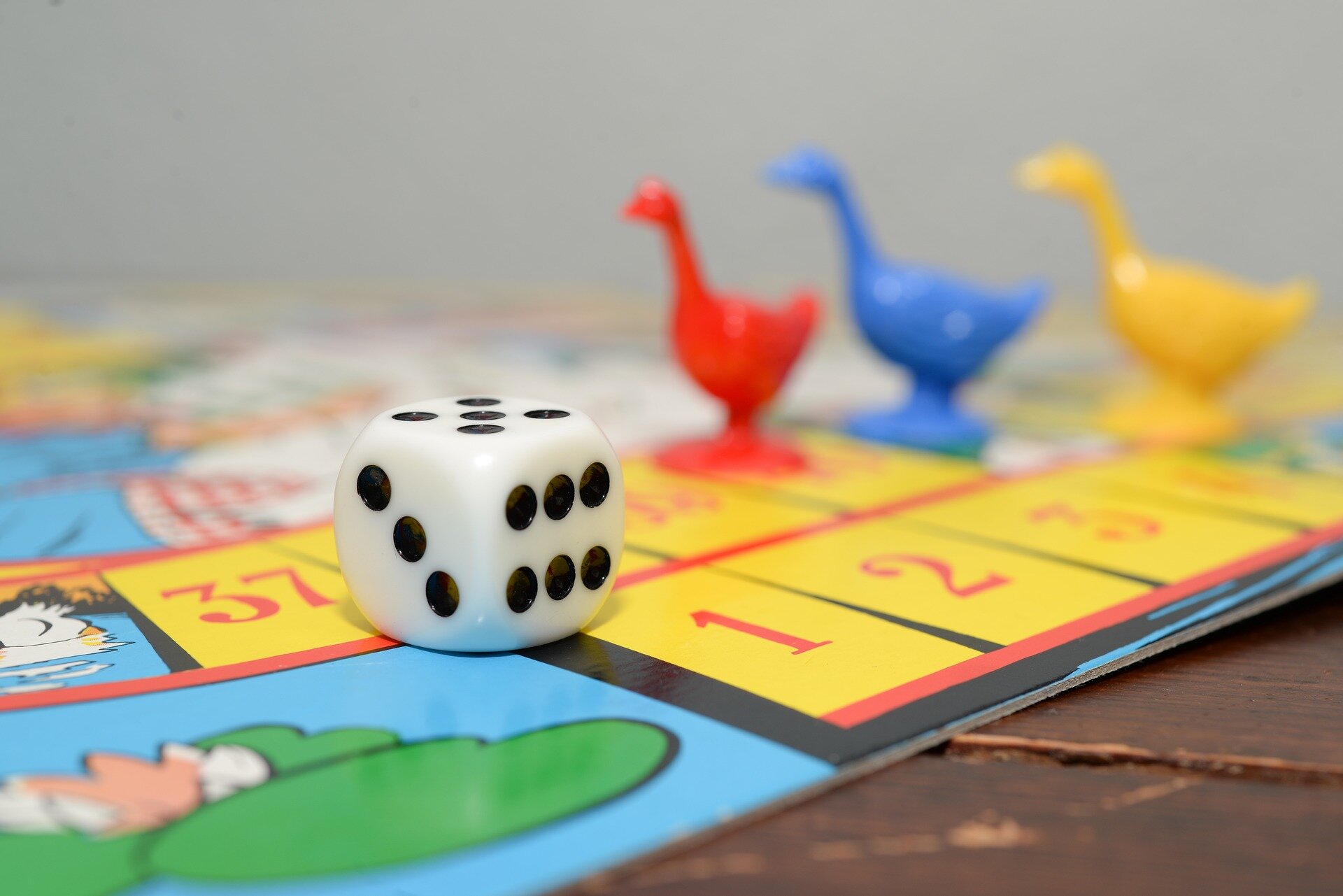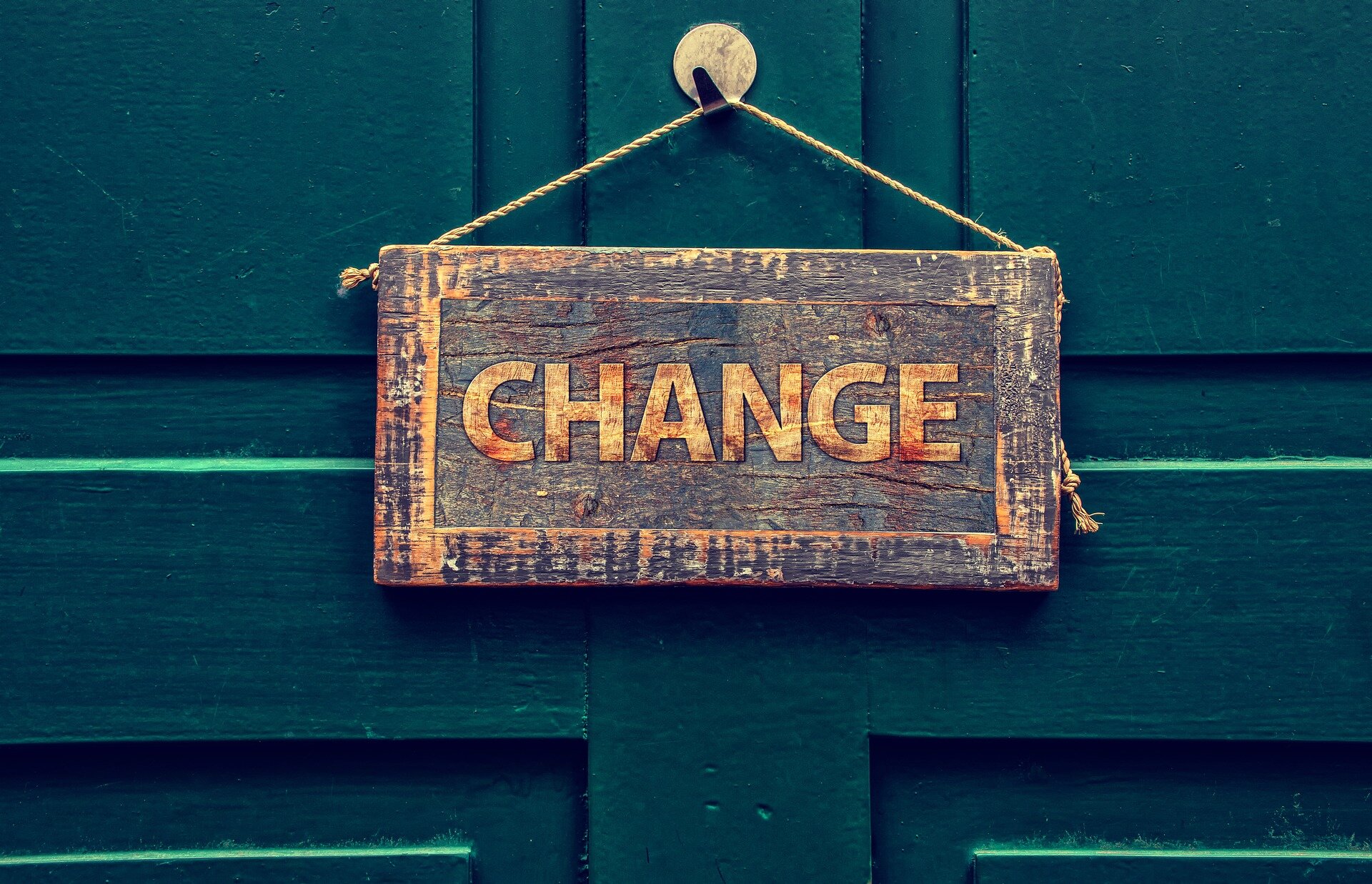Game On? Brain On!
A Study Guide For Reflective Practitioners
What follows is a regularly updated version of the study guide developed for DBC readers.
These questions are not exhaustive but will help scaffold reflection, something that is always better with a thought partner.
My hope is that you’ll share the aspects of Game On? Brain On! that are most inspiring and exciting to you and your learners.
It’s time to level up learning, game on!
Introduction: Get in the Game
What is the first game you remember playing as a child? What was it about that game that you loved? How is that game similar to or different from the games your kids play today? What is it about those games that you think your kids love so much?
What kinds of decisions did you have to make when playing games as a child? What kinds of decisions do your kids have to make in the games they play now?
How did you ‘win’ the games you played as a child? How do your kids ‘win’ the games they play now?
How did playing games as a kid allow you to take risks? How does playing games today allow our kids to take risks?
What do you notice about the way kids ‘are’ during play and the way they are during class?
Chapter 1: Making the Game
Think back to one of your favorite learning experiences in school. What made that experience so powerful? Were there playful elements of learning involved?
What are some of the learning experiences your kids like best? What elements of play, surprise, or uncertainty exist in these experiences?
In what ways can play tap into the social-emotional, cognitive, and physical domains of learning? In what ways can play help you see the ‘whole child’ as more than the sum of disparate domains?
Chapter 2: Rules of Engagement
What purpose do rules serve in your learning space? What rules are truly essential?
How are students involved in establishing parameters for learning? What are the shared agreements in your learning space that look like rules?
How often are your students able to push boundaries, challenge assumptions, and change the rules during learning?
Chapter 3: A Hero’s Journey
How do games give students an opportunity to learn from mistakes? How does this learning change the motivation of your learners?
In what ways do games give students an opportunity to safely practice problem solving, critical thinking, and navigating difficult conversations, relationships, or experiences?
What is one way your kids could level up a beloved game to model their learning journey in your classroom?
Chapter 4: You Have to Free a Lot of Frogs (Lessons Learned from Frogger)
When was the last time you watched a child at play? What do you notice about the way they speak, move, and navigate playful experiences with their peers?
When players are at an impasse in game play, how do they learn to press on? Are these skills you see your kids using in the classroom?
How often are learners able to serve as a ‘more knowledgeable other’ for their peers or with you? Are there opportunities for your students to be experts in the classroom?
Chapter 5: Ready Players Two, Three, and Four
Where do your kids have the opportunity to connect with peers in your classroom? How does this connection build a sense of empathy for others?
What are some playful experiences you’ve read about in the first five chapters where you think your students could collaborate with peers to learn both discrete content and deepen connections with others?
How can play provide low stakes ways for students to learn together and practice giving each other feedback on their learning? How will you support students in learning how to take feedback so it fuels their forward momentum and does not stifle their desire to learn?
Chapter 6: Maximum XP
Think of the last assessment you gave your students. What discrete pieces of content were you measuring? What interpersonal skills were you measuring? If you had to rework that assessment, what would you really want to measure?
How does play take into consideration the fact that not everyone is ready to learn the same content in the same way and on the same day?
How can games or playful experiences be constructed so students practicing new skills and knowledge through distributed practice or interleaving?
Chapter 7: All the World’s a Sandbox (Growing Up to Play)
What is the role of situated cognition in learning? How can games or playful experiences provide an opportunity for students to learn more authentically through play?
Where are there just-in-time opportunities to use play to reinforce concepts with intention and flexibility?
What roles do players regularly take on during play? How are these roles representative of the world around us? What are some assumptions embedded within these roles?
Chapter 8: More Than a Score
In Chapter 8 we see numerous experiences where games and play are powerful forms of learning, assessment, and collaboration. What is one way you think games create a greater sense of equity for all learners in these experiences?
How does the process of playful or game-ful learning model process over product as an essential element to lifelong learning?
What are some of the existing games or playful experiences that you’d like to try in your classroom? How can you invite your kids to create their own novel game?
Conclusion: Changing the Game, From Consumption to Creation
How do games move us towards a more generative model of teaching and learning? Are there ways that existing games restrict us from thinking outside the box?
What are some of the ways deliberate practice through play reinforces our neural networks? What opportunities exist for enhancing the neural networks of your learners through play?
How can you support your students in co-creating playful learning? How will you measure the growth in student learning as they create games and playful experiences? How can you use those measure to demonstrate the power of learning through play? Who can you work with to begin this work tomorrow?











